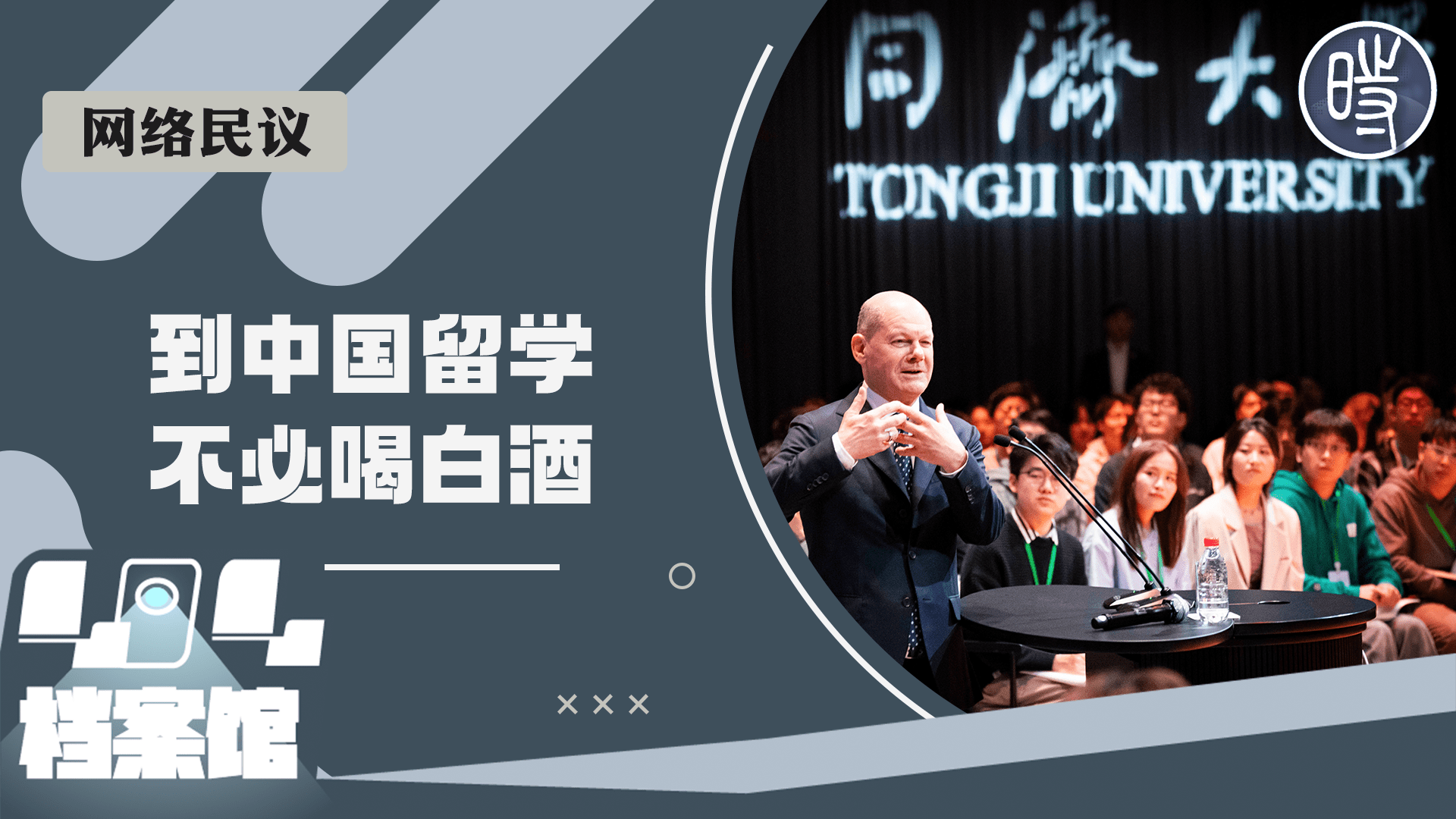原作者:
来源Why I design at Google
译者eminent.susan
我在谷歌做设计的原因
谷歌是个神奇的公司,然而它并非是以设计闻名于世。我想我可以写点关于我享受在谷歌的六年设计生涯的原因.与往常一样,我都是仅仅代表了自己的观点,而非公司的发言人。
除了喜爱设计的原因之外,我喜欢在谷歌工作还有很多原因。然而我还是集中在我喜欢设计这个原因。
目前我主要的专业目标是学会如何做出很棒的设计。我现在还处于最初的职业生涯,并且令人高兴的是找到了一些自己成功之处。我专注于学习以及增强自己的技能。我在谷歌做设计的绝大部分原因也在于此。
1. 工作量大
这六年来,我从事于互联网上以及互联网之外的广告,台式电脑,移动通信产品,B2B 商务,科幻风格互动理念,娱乐以及媒体服务,并且现在涉及到非洲以及新兴市场产品。作为设计师,这给予了我很多可吸取经验为后续的工作做准备。这就好比拥有10份不同的工作,然而无需面试或变动而天衣无缝的进行转换。
同时,我能够一直沉浸于自己过往的作品中并且观察这些作品从而看看自己的设计工作做的如何是否对今后设计的成功有影响。
2. 鼓励概念设计
我短期的设计目标是提升自己概念设计以及早期设计过程的能力。谷歌的规模以及范围意味着我可以从事于很多产品理念同时可以在一个单独企业中建立资源以及合作商的基础。
另外,一个大型的公司会使用一种与其它公司不同的持久的思维方式。在建立初期,举例而言,很有可能你不会雇佣一个将时间消磨在概念以及做一些
开放的,基础性研究工作的设计师。在谷歌公司之内,这是受到重视和支持的。
3. 全球影响
谷歌遍布全球的足迹也是一个巨大的资源。去年,我们搬去了瑞士并且我也走访了我们在中国,加纳,尼日利亚,以色列,塞内加尔,和英国的办事处,并且马上要去肯尼亚。作为一个设计师,难以置信的是拥有来遍布世界数十处的同事,去那些地方非常容易,在那里进行工作。只通过一封邮件,我可以与全世界的人获得联系从而对于我在设计挑战上的研究上有所帮助,得到很多意见。全球化的视角使我更好的做设计工作。
4. 因为这很困难
自己设计是世界上最简单的事情。在谷歌做设计是训练我在充满挑战的环境中作出很棒的设计。
基本上来说,谷歌是一个工程公司,并且它擅长于建造先进的创意型的科技平台。谷歌的设计领导不会强制团队,并且也没有设计的悠久历史。从工程文化角度来说,设计和设计师每天要通过自己的努力来证明他们的价值。
关于这点有很多争论,但最终我还是很感谢挑战。长期以来,我想我的作品可以影响绝大多数群体以及社会的发展方向,对于不会听从专业设计师的人群而言,我需要学习与他们公事以及说服他们。
谷歌的设计师必须经历很多人的明智批评,高强度定量测验,以及完全共享的文化的严酷考验。好的设计只有在这个过程的磨砺后才能变成优秀的设计,这个过程看重的是设计师的本质以及让他们准备好面对真正的世界。
当然,这样的待遇有时会使得设计师不尝试具有争议的新事物,但是如果你保持向上的心态并且你的团队想创新,这会是一个增强你的设计能力而非减弱你设计能力的环境。最近我一直从商业分析家以及销售人那学习如何将引人注目的业务计划与我的设计相结合。在最初的恐慌后我认为这将会模糊我的产品视角,然而后来我意识到这些会浓缩我的产品视角。
5. 建立我的梦想之队
当我加入时,用户体验团队(设计师和研究者)大概有15个人。在我加入的那段期间,人数上升至200多人,并且在人数增长方面我也功不可没。当团队强大,我从新团员身上学习到更多的东西。我有个不成文的规定就是我不建议雇佣那些些人,除非他们在至少任何一个方面比我更优秀(很幸运的是他们大多数通常都是很优秀的)。这些年来,这也致使很多合伙人以及导师,通过新进人员变的更优秀。
甚至是今天,团队主要由其内部的个人所主导的。我总是能够选择之后我要从事的方向,决定我的工作形式以及工作方法。谷歌设计师可以自由探究以及锻炼工作的新方法,再次决定公司的设计怎么做。
6. 未来的设计将是互动的,网络化的系统
保守的说科技将渗透入我生活的每个角落(如果不相信的话,看看凯文凯莉)。现在的设计是需要了解高科技,并且了解相连的系统是多大,社会工作是多么宽泛。甚至是我持久的设计激情以及输送将完全由互动科技所改变。(见strava 和谷歌汽车)。在谷歌,我学习到全球范围内的设计互动体系。
当然,许多灵感也就是意味着时间。纷繁会使人分心;世界范围会衍生困扰;困难会导致一蹶不振。每种情况都是一种折中方案,设计师必须要选择接下来要面对的挑战。某种程度而言,由于我的目标改变而转移到其它地方工作也是有道理的,并且公司也一直处于变化之中。现在对我来说,谷歌是我学习并且成长为设计师的好地方,并且我也喜欢接受挑战。
除了设计外,我喜欢在谷歌工作也有以下原因:
我渐渐的发现它是个典型的公司,我们这代人内心爆发的文化力。
用餐免费,设施齐全。总体而言,谷歌关心员工。在我休年假的三个月里我甚至可以来公司使用健身器材,机器修理店和咖啡馆。谷歌提倡更好的生活。
我是极客,谷歌鼓励以及培养诸如我一样的极客乐衷的事情。(空间机器人,自驾游,有机微型花园,等等)。
我喜欢并且敬重我们的任务:组织世界信息并且使其成为唾手可得的有用的信息。
Why I design at Google
Google is an amazing company, but it’s not really known for design. I thought I’d write down the reasons I’ve enjoyed designing products at Google for the past 6 years. As always, I speak only for myself, not for the company.
There are lots of reasons I like working at Google besides design1. But I’ll mostly focus on the specific reasons I design there.
My main professional goal right now is learning how to do great design work. I’m still early in my career, and while it’s nice to find some success, I’m mostly focused on learning and growing my skills. Most of my reasons for designing at Google are centered around this.
1. The huge variety of work
In six years I’ve worked on online and offline advertising, desktop and mobile communication products, B2B commerce, science-fiction-style interaction concepts, entertainment and media services, and now products for African and emerging markets. As a designer, this gives me a lot of experiences to draw on in my future work. It’s almost like having 10 different jobs, but seamlessly transitioning between them without interviews or moving.
At the same time, I’m able to stay involved with and observe past projects to see how my design work did or didn’t influence their success. One drawback to a consulting role is the disconnection after a design phase finishes; at Google I’m still in touch with (and responsible for!) projects long after my main effort has wrapped up.
2. Support for conceptual design
My short-term design goal is to improve my abilities in conceptual design and the early-stage design process. Google’s scale and scope means that I can work on a big variety of product concepts while still building a foundation of resources and collaborators within a single company.
Additionally, a large, established company supports speculative, long-term thinking in a way other companies cannot. In a startup, for example, you probably wouldn’t have a designer spend much time spinning out concept ideas and doing open-ended, foundational research. At Google’s scale, this is valued and supported.
3. A global presence
Google’s global footprint is also a great resource. In the past year, we moved to Switzerland and I’ve traveled to our offices in China, Ghana, Nigeria, Israel, Senegal, and England, and I’m soon headed to Kenya. As a designer, it’s incredible to have coworkers based in dozens of places around the world, and to easily travel to and base research out of our offices there. With a single email, I can get people worldwide to contribute research and opinions on my design challenges. These global perspectives make my designs better.
4. Because it’s hard
It would be the easiest thing in the world to just design by myself. Designing at Google is training me to do great design in a challenging environment.
Google is, fundamentally, an engineering company, and it excels at building advanced, innovative technology platforms. Design leadership at Google isn’t forced on teams from the top, and there isn’t a long-established history of how design works there. Design and designers have to prove their value every day, in ways that our engineering culture respects.
There’s a lot of debate about this, but in the end I appreciate the challenge. Long-term, I want my design work to influence the direction of large groups and societies, and to do that I need to learn how to work with and persuade people who aren’t inclined or required to listen to professional designers.
Designs at Google must pass through a gauntlet of smart criticism from diverse people, intense quantitative testing, and a culture where everything is shared openly. Good designs become great when they are honed and sharpened by this process, which focuses ideas to their core and makes them ready for the real world.
Of course, this kind of treatment can sometimes discourage designers from trying controversial new things, but if you keep an ambitious attitude and your team wants to innovate, it can be an environment that strengthens rather than weakens your designs. Recently I’ve been learning from business analysts and marketers how to blend compelling business proposals into my design work. After initially fearing this would dilute my product vision, I’ve realized instead that these perspectives helped concentrate it further.
5. Building my dream team
When I joined, the user experience team (designers and researchers) was about 15 people. It’s grown to 200+ during my time, and I’ve been part of shaping its growth. As the team grows, I learn more and more from the new people who join. I’ve had an informal rule that I don’t recommend hiring someone unless they’re a better designer than me in at least one way (fortunately they’re often better in several). Over the years, this has led to a tremendous group of collaborators and mentors, constantly reinforced by new people as the design team grows.
And even today, the group is driven primarily by the individuals within it. I’ve always been able to choose what I worked on next, and to define (or invent) my own working style and methods. Designers at Google have the freedom to explore and practice new ways of working, and to redefine how design is done in the company.
6. The future of design is interactive and networked systems
It’s a safe bet that technology will continue to infuse itself further into every part of our lives (read Kevin Kelly if you’re not yet convinced). Design in this world will require an understanding of advanced technologies and how large, interconnected systems and societies work. Even my other long-standing design passions in cycling and transportation will be completely transformed by interactive technologies (see Strava and the Google cars for a preview). At Google, I’m learning to design interactive systems at a global scale.
Of course, many of these pluses are also minuses. Variety brings distraction; global scale breeds confusion; difficulty can lead to discouragement. Each of these is a tradeoff, and designers have to choose what challenges they want to face next. At some point it may make sense to move elsewhere as my goals shift and the company continues to change. But for now, Google is a great place for me to learn and grow as a designer, and I’m enjoying the challenge.
1 Some of the reasons I like working at Google, besides design:
Google is a big company, with tremendous resources. It takes on challenges no other company can. I get to see one of the defining companies and cultural forces of our generation from the inside. Free food, great facilities. More generally, Google takes care of people. I even came in to the office when I was on sabbatical for three months, to use the gym, machine shop, and cafes. Google supports a great lifestyle. I’m a geek, and Google actively encourages and cultivates things that geeks like me enjoy (Androids in space, self-driving cars, organic micro-gardens, solar-powered Priuses, etc, etc) I admire and respect our ambitious mission: to organize the world’s information and make it universally accessible and useful.
相关文章:
![]()








.png)

